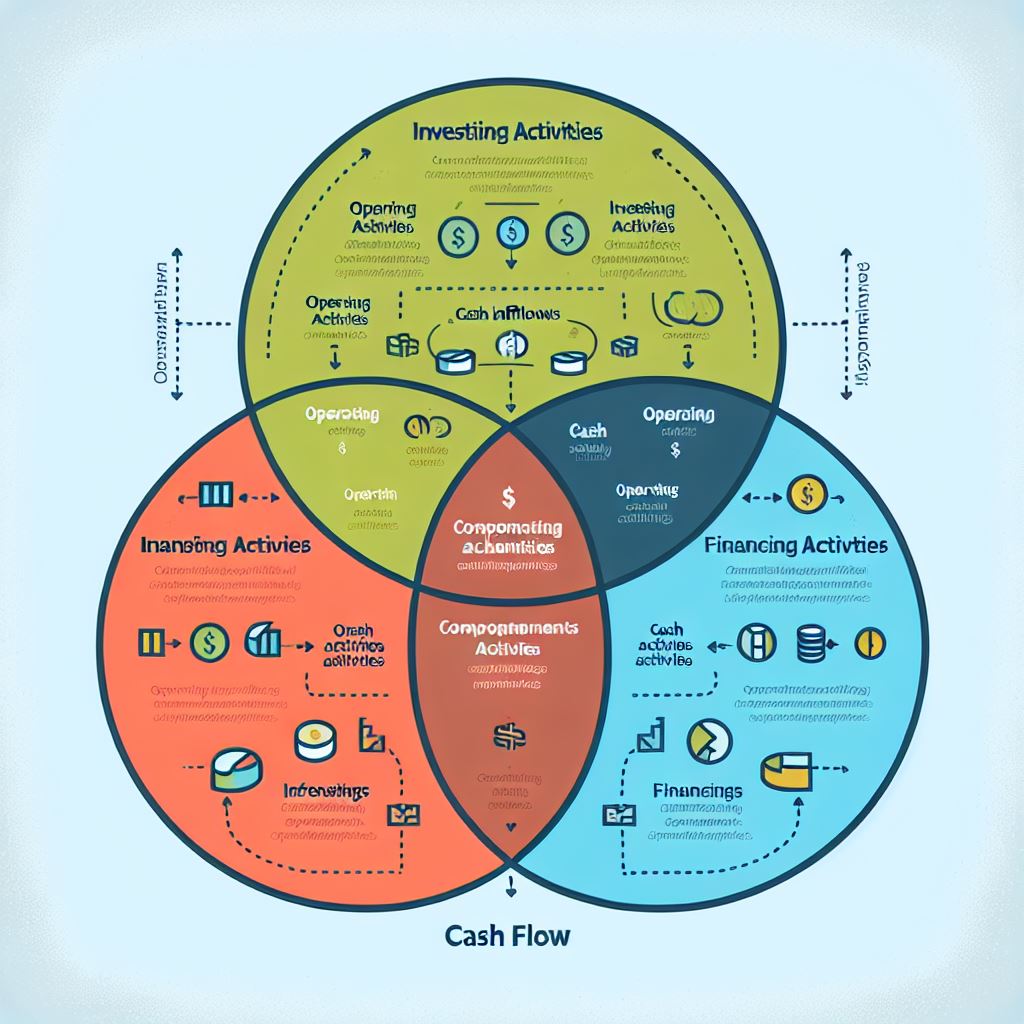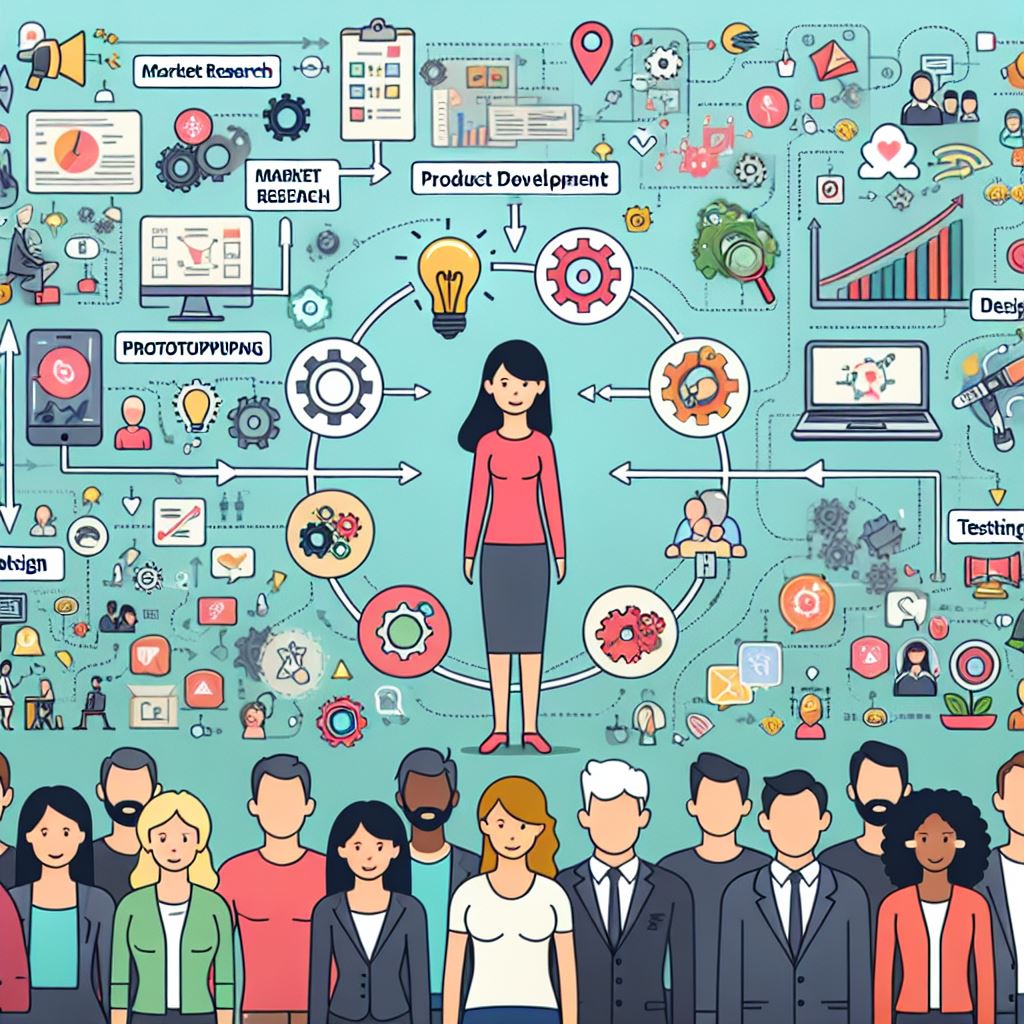3 Strategies from Leaders that Thrived
- The importance of managing cash flow = #1!

Managing cash flow is crucial for small manufacturers, especially during turbulent times. Cash flow ensures that a business can meet its immediate financial obligations, such as paying suppliers, employees, and overhead costs. Without adequate cash flow, a manufacturer may struggle to maintain operations, leading to potential disruptions in production and delivery schedules.
In uncertain economic conditions, maintaining a healthy cash flow becomes even more critical. It provides a buffer against unexpected expenses and helps the business navigate fluctuations in demand. Effective cash flow management involves monitoring inflows and outflows, forecasting future cash needs, and implementing strategies to optimize liquidity. This might include negotiating better payment terms with suppliers, reducing unnecessary expenses, and improving inventory management.
Ultimately, strong cash flow management supports the stability and growth of a small manufacturing business, enabling it to weather economic challenges and seize opportunities for expansion. How does your business currently manage cash flow?
- Focusing on your customer through New Product Development

Focusing on customer-centric new product development is vital for small manufacturers. By prioritizing the needs and preferences of customers, manufacturers can create products that better meet market demands, leading to higher customer satisfaction and loyalty. This approach helps in identifying gaps in the market and tailoring products to address specific pain points, ensuring that the offerings are relevant and valuable.
Customer-centric development also fosters innovation, as feedback from customers can inspire new ideas and improvements. Engaging with customers throughout the development process allows manufacturers to refine products based on real-world usage and expectations, reducing the risk of product failure and increasing the chances of success.
Moreover, this focus can enhance competitive advantage. Small manufacturers often face stiff competition from larger companies, but by being agile and responsive to customer needs, they can differentiate themselves and build a strong brand reputation. Ultimately, customer-centric new product development drives growth, profitability, and long-term sustainability for small manufacturers.
- Generational Changes for Manufacturers – Like Changing of the Guard

Generational changes are significantly impacting small manufacturers. As Baby Boomers retire and Millennials and Gen Z enter the workforce, manufacturers face shifts in workplace culture, expectations, and skills. Millennials and Gen Z often prioritize work-life balance, flexible working conditions, and opportunities for continuous learning.
This requires manufacturers to adapt by offering more flexible schedules, remote work options, and professional development programs. Additionally, these younger generations tend to be more tech-savvy, pushing manufacturers to integrate advanced technologies and digital tools into their operations.
Multigenerational teams can enhance innovation and productivity by combining the experience of older workers with the fresh perspectives of younger employees. However, managing these teams effectively requires understanding and addressing the diverse needs and preferences of different age groups.
As a reminder, this is where these comments originated.
Just as the lockdown occurred in 2020, I reached out to leaders in my network and asked them several strategic questions. I did this as a hedge against falling into the void for myself and possibly for them if it served that purpose.
The responses were obviously shaded with fear and concern, as well as toughmindedness that ended up enabling most of them to survive and even thrive during the lockdown.
How did you make it and thrive?
Then, when the dust seemed to settle in 2022, I went back to those same leaders and asked them how they survived the apocalypse. The responses are a treasure chest of business counsel that stands the test of time in good times or bad.
The following are a few comments from these leaders after the apocalypse…which didn’t really happen, especially the way the media portrayed it. The world did not end, but unfortunately there was plenty of collateral damage and lives lost.